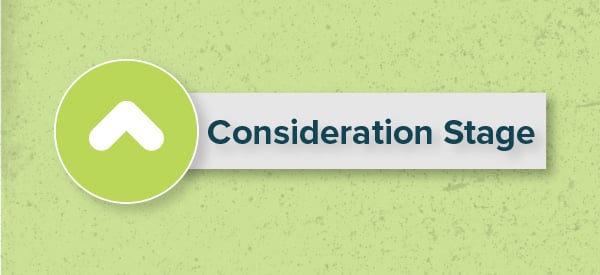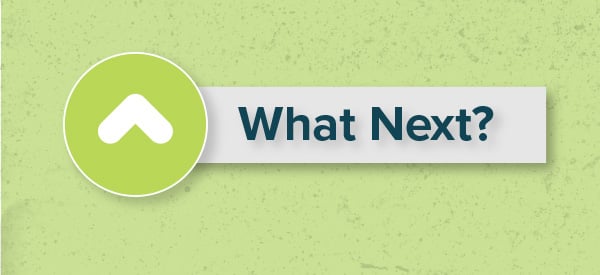7 Types of Content for the Consideration Stage of a Buyer’s Journey
Here are 7 ways you can capture the attention of your audience during the buyer's journey.
With marketing, consideration is all about solutions. Your lead has a problem, now it's time to present them with a solution. In the awareness stage of the buyer's journey you identified your prospects problem or need. Now’s your chance to present them with a solution that sets you apart from the rest.
Remember that it isn't about showing off your company (yet!), but instead providing the information to help your lead solve their problem.
The consideration stage is where many companies tend to have difficulties. You've found a lead, but just can't seem to convert. The trick? Nurture them.
If they're discovering content that helps them understand their problem, then they're probably just getting their feet wet and aren't quite ready to buy. It's unlikely that a lead will pull the trigger and choose to work with your company right off the bat. From here you must be able to provide options for a solution to their problem in hopes that they’ll form a relationship with your company that brings them back.
So how do you provide solutions to the consumer in a tangible way? Content.
In an age where people expect to find an answer to everything, it's your duty to provide your prospects with answers in the right place, at the right time.
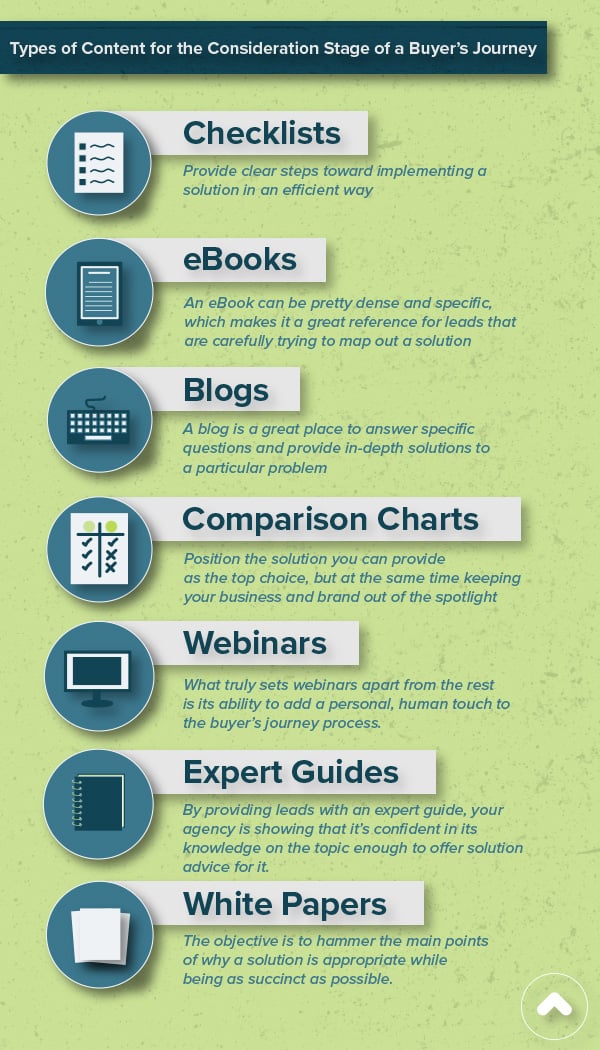
1) Checklists
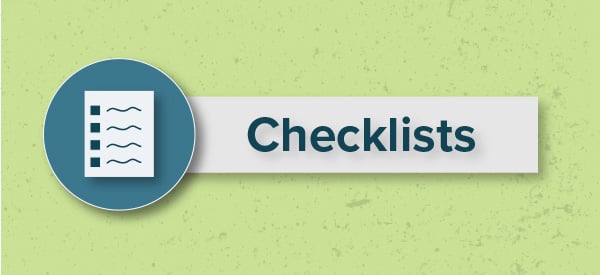
Checklists are one of the best ways to guide your lead toward a fix as they provide clear steps toward implementing a solution in an efficient way. Your lead is here because they have a problem, right? This is where you come in with reliable, honest, and to-the-point answers. And if you can provide steps to a quality solution you're not only building trust, but also increasing the likelihood that they come back to you for more answers to their questions.
With all this said, checklists are also great for your brain’s productivity (which you can read about here.)
2) eBooks
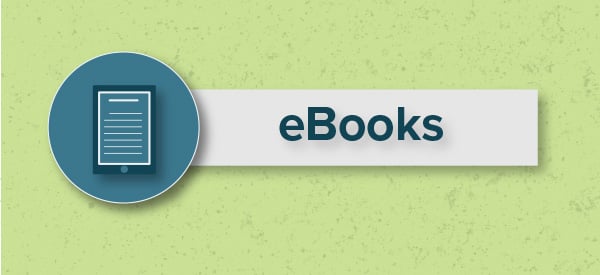
EBooks have the ability to provide a great deal of value to the consumer as their nature allows them to be a one-stop-shop type of resource. An eBook can be pretty dense and specific, which makes it a great reference for leads that are carefully trying to map out a solution. Because eBooks are meant to be detailed it allows you to leave no stone unturned – everything your lead wants to know should be available here. If you think there are important questions that need to be answered, don't hesitate to add them.
Here are some experts sharing their thoughts on how to create a great eBook.
3) Blogs
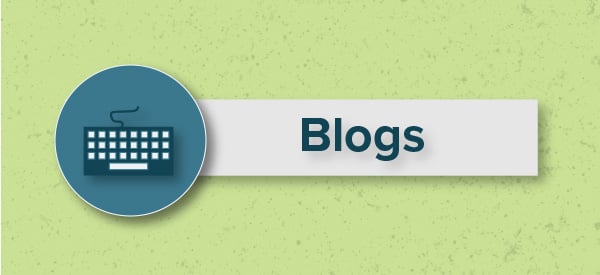
Writing about blogs within a blog seems a little meta, but we’d be remiss to skip putting this content type on our list. Blogs are meant to be specific to a single topic, and unlike during the awareness stage of the buyer’s journey, a blog written for the consideration stage focuses on solutions, not the problem.
Additionally, it needs to be mentioned that blogs are meant to be particular to a single topic. A blog is a great place to answer specific questions and provide in-depth solutions to a particular problem. There is a fine line though. If you're too general, your leads might just go elsewhere to find the information they really want. But if your blog gets too lengthy and dense, you might scare them away.
Don’t know where to start when writing a blog? Here’s the ultimate (yes, ultimate) guide to writing a blog in 2020.
4) Comparison Charts
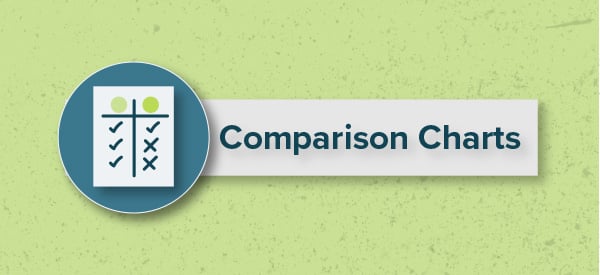
There is no better way to show off your agency’s solutions compared to your competitor’s than with a good ‘ole fashioned comparison chart. Beware, though, comparison charts are an art and you don’t want to come across as too pushy or biased.
Don’t forget that at this point your leads are in the consideration stage of the buyer's journey, so they're less worried about which company to choose and more worried about what solution they need. The best way to create a comparison chart is to position the solution you can provide as the top choice, but at the same time keeping your business and brand out of the spotlight. Of course, this gives way for the lead to choose a competitor, but when it comes to propping your business up, that’s a risk worth taking.
Wondering how you can create an effective comparison chart? Look no further than here.
5) Webinars
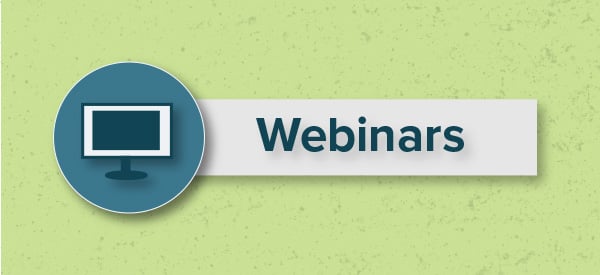
Webinars, like the aforementioned content types, are chock full of information in its own unique way. What truly sets it apart from the rest, however, is its ability to add a personal, human touch to the buyer’s journey process. Reading words on a screen is one thing, but hearing someone say things in their own voice creates a different and more personal experience.
More importantly, webinars are interactive. Unlike other types of content, webinars allow you to have a two-way conversation. Guests have the chance to ask questions or ask for clarification, thus allowing you to show your ability in creating solutions.
Here are 6 tips you can’t overlook when creating a webinar for your agency.6) Expert Guides
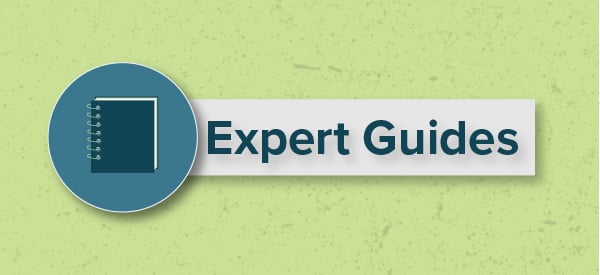
We’re not exactly saying everyone can benefit from a well-written guide, but we’re not not saying an expert guide can be what sets you apart from the competition. Whether it be on how to fix something or how to use it, guides are just another great piece of the relationship building process.
By providing leads with an expert guide, your agency is showing that it’s confident in its knowledge on the topic enough to offer solution advice for it. Be the information leader they look to and when they have a problem that they can't solve on their own, they'll know they can trust you to get the job done.
Are you looking to get a leg up on other expert guides? Check out these 20 tips that can get you there.
7) White Papers
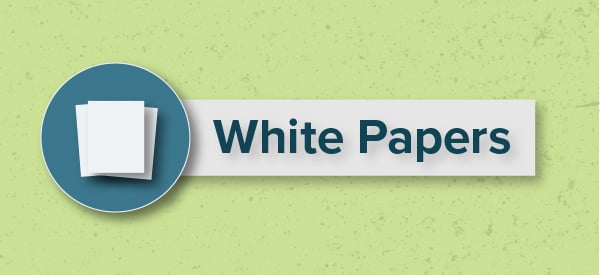
We’ll skip straight to it: white papers are meant to get right to the point. These comprehensive documents aim to provide the consumer with as much information as they could possibly ask for.
With a white paper, your objective is to hammer the main points of why a solution is appropriate while being as succinct as possible. Leave the fluff material out of this type of content, it’s only a waste of space.
While white papers are pieces of content that should be unbiased, the hope is that the consumer will read yours and choose to do business with you over your competitors.
But how can you write a white paper for yourself? Look no further than right here.
Each of the 7 unique types of content detailed above are sure to go a long way for your relationship with consumers (not to mention it’ll keep your team busy creating content!). Once you’ve created your content, you’ll need to get it into the hands of the right people.
Queue inbound marketing.

.png?width=80&name=Untitled%20design%20(2).png)
